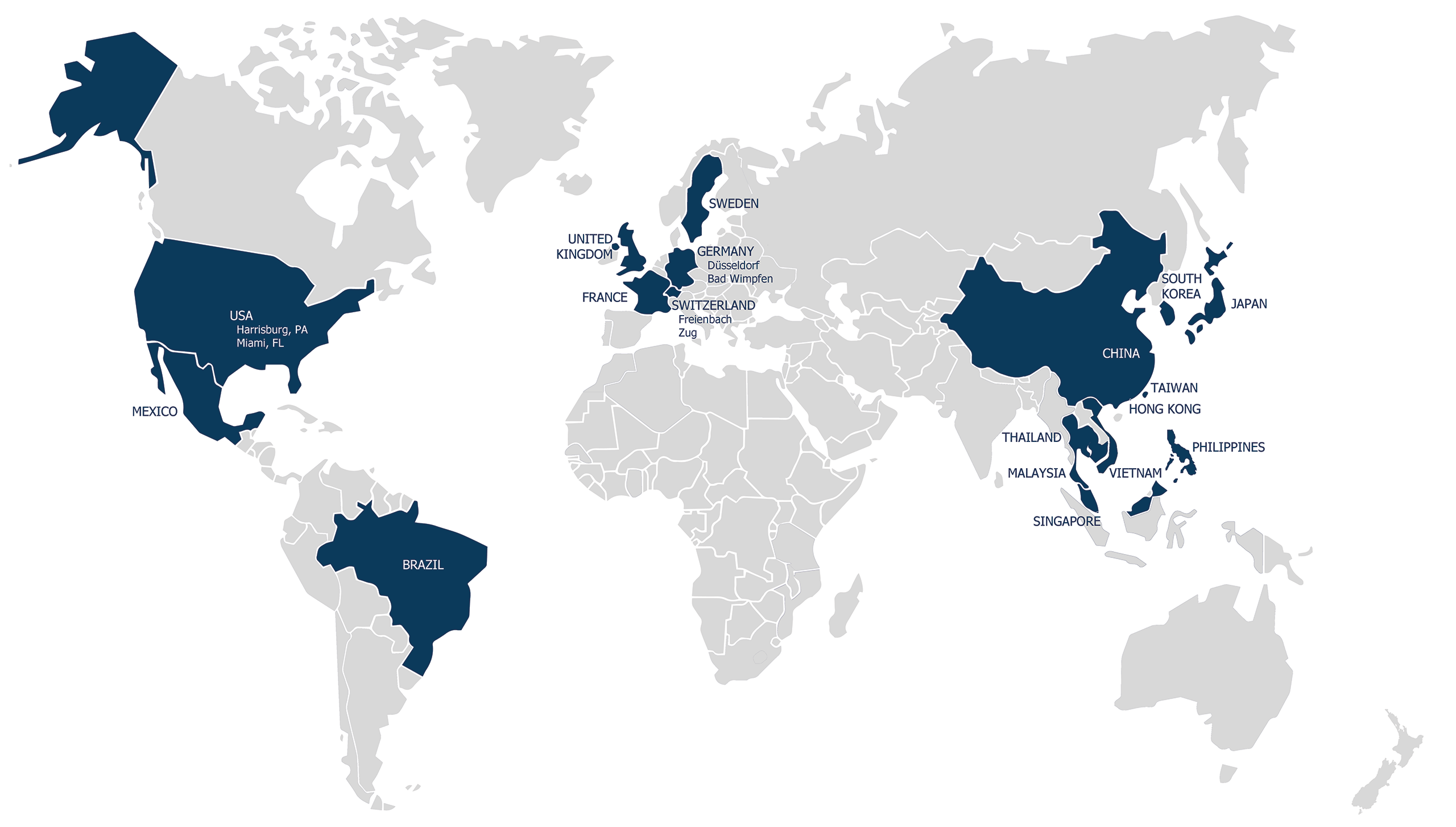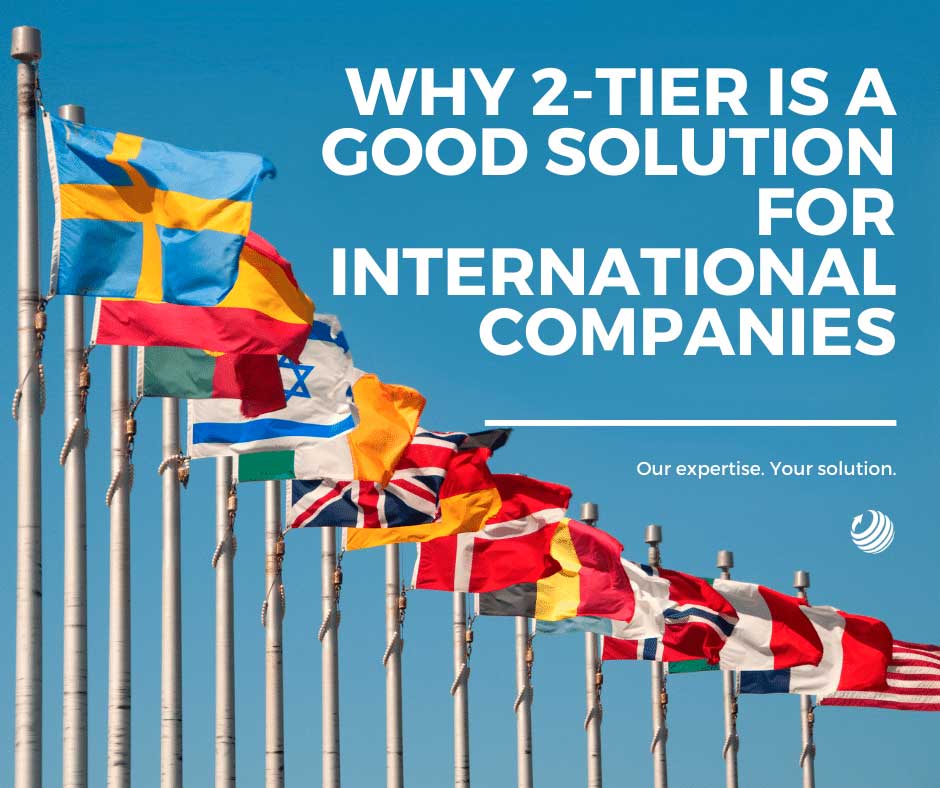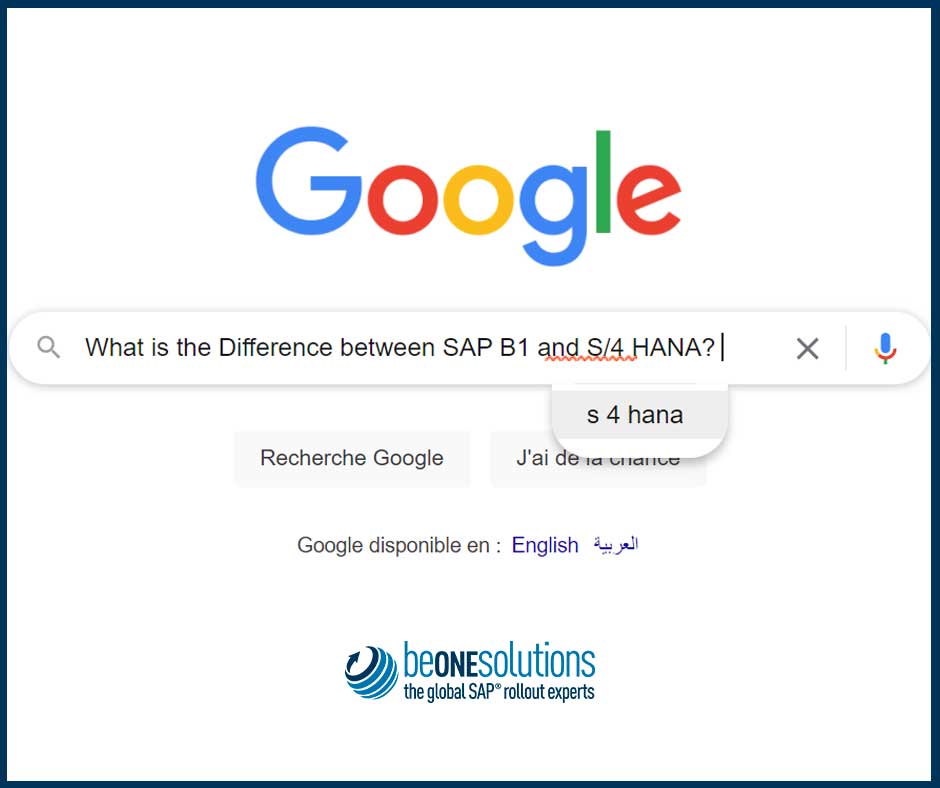Why 2-tier Is a Good Solution for International Companies
Table of Contents
CloseInternational companies often work with more complexity. Navigating complexity creates lots of uncertainty and even opportunities for errors, so it helps to have an SAP solution that can effectively adapt to complexity.
In these situations, working with an SAP ERP with 2 tiers has proven to be a best practice for successful businesses.
There is an example of one SAP customer operating thirty-two different ERPs worldwide for their different satellite locations and production centers. The reality is that different aspects of one company need very different solutions from an ERP, but at the same time, they benefit from being centrally connected.
Having thirty-two different ERPs around the world may seem a necessary choice for dealing with different landscapes, like production factories versus sales offices and everything in between. However, having so many disconnected solutions pose numerous challenges to the organization.
Maintenance can be especially tricky from a central-office perspective when it comes to trying to harmonize multiple different solutions. Language differences, time zones, and knowledge loss can make these siloed systems a bigger challenge.
The key to harmonizing multiple solutions is to design a multi-tiered strategy, and your SAP ERP implementation specialist can help.
What Is 2-Tier for an SAP ERP?
A two-tier solution means deploying a larger scale ERP solution centrally while having different levels of ERP at decentralized sites, like SAP B1 or S/4HANA Public Cloud. Opting to have such a landscape with centralized operations can greatly benefit a company since the various solutions work within the same technology with pre-prepared integration scenarios.
The time and resources needed to implement a larger ERP may not be suitable for smaller subsidiaries from a cost perspective. A business with only fifteen people would expend a lot of resources on a large ERP, and the cost is unbearable.
But more and more companies, especially international companies, are opting to work with a 2-tier structure, representing a real sea-change for ERP strategies. It is more effective to have a two-tiered strategy for international organizations, especially if they seek to grow.
There are three major concerns of international businesses that can be addressed with a two-tiered organization, as follows:
Language
International companies working in different countries with local or transplanted teams can struggle with language barriers. If the expansion is via acquisition, there may be a legacy ERP in place that can be difficult for the new parent company to understand or integrate with.
A company expecting to expand internationally should make contingencies for cultural differences. It also helps to work with partners who also have offices in different countries with experts in multiple languages for ease of deployment and management.
Time
Implementing the larger-scale solution is time-consuming. If a business already has strategic plans, the transition can be a big interruption. Instead of setting up new ERP systems periodically, it can save a lot of time and money in the future to have a solutions landscape designed for easy vertical and horizontal integration.
Another issue with time is the number of time zones around the world. Having satellite locations in different time zones means workers may not be available at the same time as central IT or smaller implementation partners if there are any issues with the ERP.
When working within the same system, central office IT or partners can have more access and more ability to troubleshoot.
Similarly, time is always of the essence to cut start-up costs, and a 2-tier strategy can help there too. Companies expanding into new countries can waste huge amounts of time setting up brand-new ERP systems and getting them to communicate with the central office.
Why spend this time when an SAP implementation specialist can help design a template that can get each new location on its feet in a few months.
Local Capacity
Many international organizations struggle to build local capacity in a new country, especially at the outset. As well, education and experience can vary.
When it comes to working in a specific ERP landscape, particularly legacy systems, it can make for a rocky integration road.
There may also be internet connectivity and availability issues, where it makes more sense to be operating as one vertical in a tiered solution.
Best Practices for Moving to a 2-Tiered SAP Solution
Ultimately, working within a two-tiered solution is best for international businesses because it saves time and money. Companies around the world that carry many time zones, acquisition timelines, and capacity struggles to account for, will find their needs meet within SAP Business One or S/4HANA Public Cloud as excellent 2-tier ERP solutions.
Global SAP implementation partners like be one solutions can help with international ERP landscapes and design a tailored 2-tiered strategy that’ll saves you time and money. Contact us today.
You won’t want to miss be one solutions‘ next webinar. Add your email address to be notified :
Please select your language
Welcome on be one solutions‘ websites.
Please select your language.





